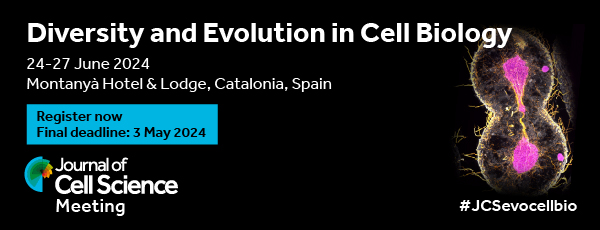
Spectrin interacts with the actin cytoskeleton at the cell cortex and provides structural integrity to membranes and resistance to mechanical stress. Mutations in spectrin genes have been associated with disruption of neuronal development, leading to reduced axonal growth and stability, but the underlying mechanism is still poorly understood. Now, Guangshuo Ou, Wei Li and colleagues (Jia et al., 2020) demonstrate that spectrin is essential for localised actin polymerisation during neuroblast migration and dendrite formation. Knocking down α-spectrin (spc-1) in Q neuroblasts of Caenorhabditis elegans larvae led to ectopic actin polymerisation away from the leading edge, with the formation of secondary protrusions and impaired directional migration. In wild-type animals, α-spectrin and β-spectrin (unc-70) accumulate asymmetrically in the lateral and posterior regions of migrating neuroblasts. Once migration stops, spectrin transits from the soma to the forming dendrites, where it inhibits the formation of secondary growth cones and stabilises dendrite morphology. Accordingly, adult spc-1 and unc-70 mutant animals show defects in neuronal positioning and dendrite morphology. Finally, the authors show that α-spectrin binds to ankyrin (UNC-44) and that unc-44 mutant neuroblasts also exhibit defective migration and dendrite formation. Taken together, these data reveal that the dynamic behaviour of the spectrin lattice is essential for correct membrane remodelling in developing neuroblasts.








